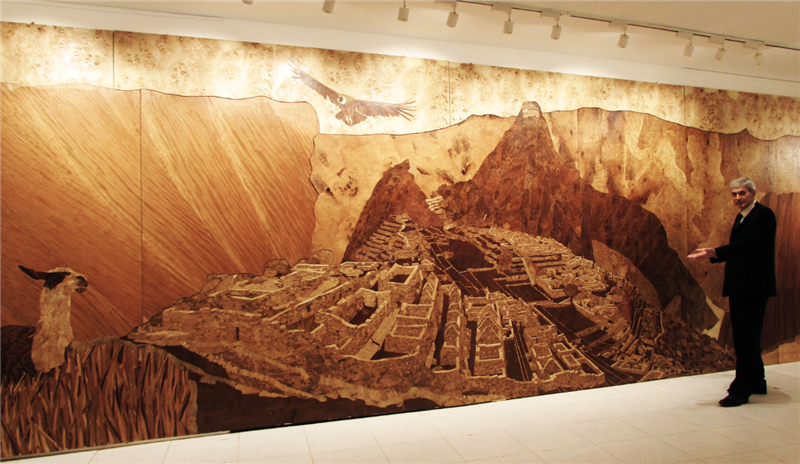
By Jorge Smith
The Austrian artist Johannes Stöger has inaugurated a new sample of his work under the subtitle, “The art of marquetry taken to the extreme.” Both the title and subtitle of the exhibition do justice to the work, which can be fully appreciated in the generous space of this Ricardo Palma Cultural Center exhibition hall that allows large-scale formats, such as the artist’s view from the port of Porto and also his huge work on Machu Picchu.
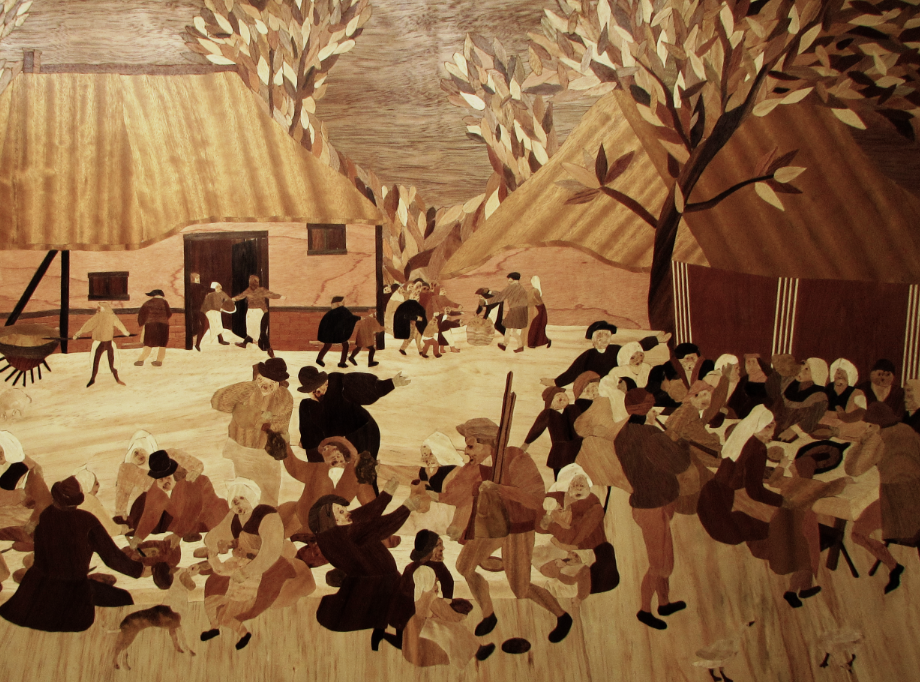
However, it is not the size of Johannes’s works that catches our interest when we look at the evolution of his work in recent years, but the mastery he achieves in the detail. In his works that do not include any human figures, the technical expertise is used, above all, to capture the proportion of spaces, depth and perspective.
The interesting thing about detail, for those of us who have seen some of the artist’s works mature from their initial conception through to their culmination, is what can be seen in the works that include human figures. In these one can perceive an extreme subtlety achieved in the portrayal of the characters, their movements, the interaction between them and even, to the extent that it is possible, in achieving their gestures. This is especially notable in group situations such as games, dances, festivities or the act of eating or drinking.
This is not easy because marquetry is an art that initially was not intended to capture real or imagined situations, but simply to add decorative elements, with figures that could be realistic (flowers) or geometric shapes and patterns that could generate some level of abstraction, but in no case explicitly expressive situations or even dramatic situations.
Thanks to Johannes’ expertise in the use of marquetry in figurative art, he is opening unprecedented horizons and a space of unprecedented beauty. It is even sometimes disconcerting, because the visual impact his works create, not only when we look at them but somehow when we think of them, is an aesthetic experience not easy to process.
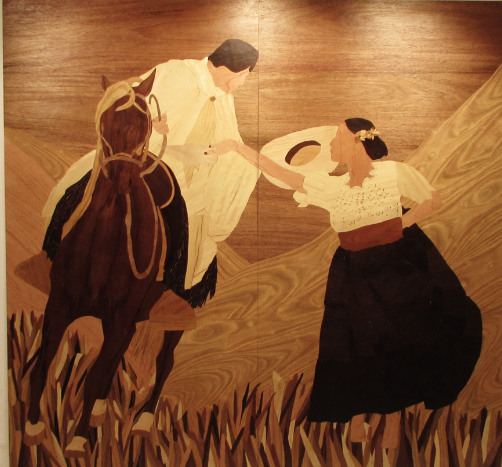
What is curious and sometimes disconcerting in many of Johannes’ works is that from the beginning he has sought great challenges, such as seeking to capture in wood works such as those of Brueghel, Bosco or Rubens, which have a lot of characters with different perspectives and interactions. Some works have about two hundred characters.
Working with wood is unlike working with the brush or pencil, which allow extreme subtlety such as in capturing the intensity of a look (I think of Leonardo da Vinci’s self-portrait), or the oil technique that allows you to capture the texture or color of the skin, the expressiveness of a gesture or capture with few elements the drama of a scene with a subtle use of lighting, which in some works is masterfully achieved as in the canvas “Potato Eaters” by Van Gogh. In this particular painting, a single point of light allows to reflect even the fatigue of the farmers at the end of the day.
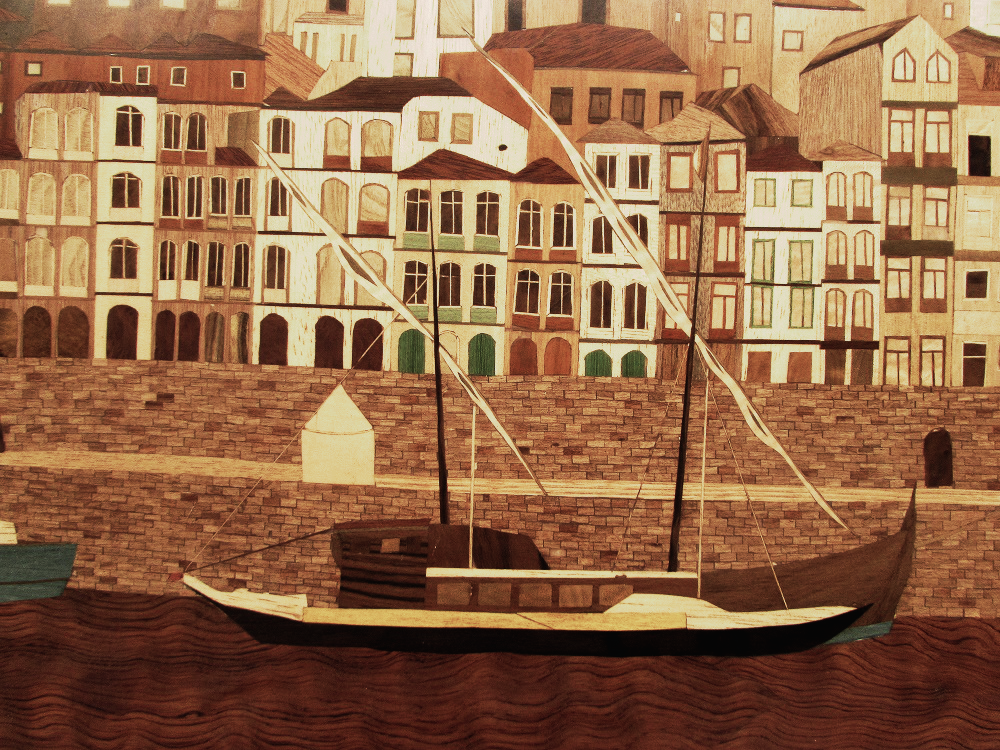
Capturing the different shades of light on a canvas is not easy. When transferring a classic work to wood, Johannes uses a whole range of woods in their natural colors, which do not offer the gradation of colors found in oils in relation to lighting and therefore only allow an approximation to the reference. I think of the works of Brueghel, but also of a beautiful work achieved by Johannes that is inspired by “The Fall of the Angels” by Rubens.
Johannes does not intend to make a copy. Somehow with his technique he makes an interpretation of a work that inspires him. Unintentionally, he ends up creating a work of art of another work of art. Apart from having a real reference, this work by the Austrian artist acquires a life of its own. Wanting to bring a different approach to a well-known work, Johannes gives identity to his own work. This has happened several times in art history. Renaissance geniuses wanting to relive the classical world ended up creating their own art.
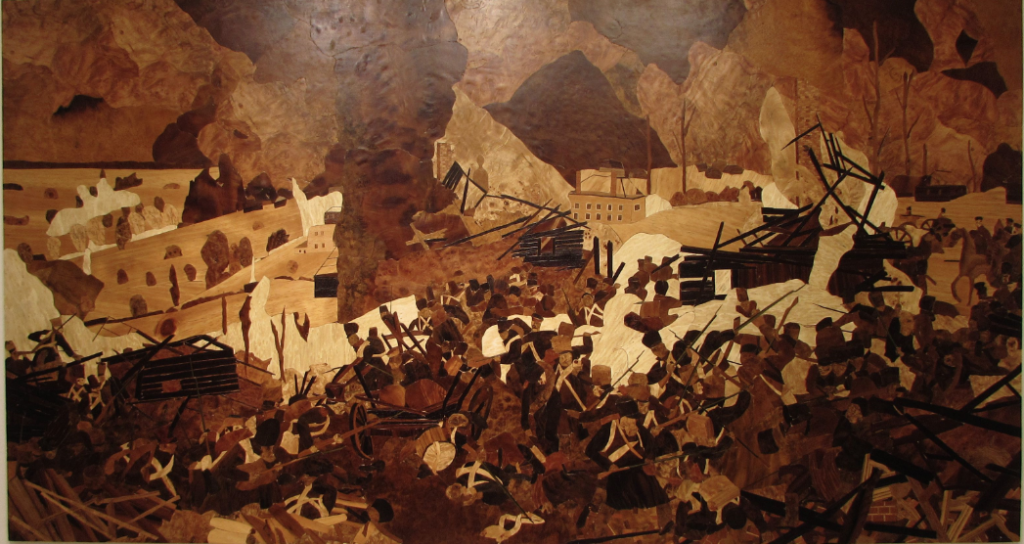
I think of some piano pieces by Franz Liszt that were paraphrases of musical works by Mozart, Wagner, Verdi or others. These allowed him to create musical fantasies, in which his technical virtuosity led him to discover unexpected possibilities at the piano. The final products are works that support themselves and at the same time give a new and fresh approach to the original work that inspired this paraphrase or fantasy.
Johannes’s process resembles that of Liszt. What is particularly interesting is how the Peruvian theme is introduced in Stöger’s works, such as of Lima’s cathedral, the convent of San Francisco, the matrix church of Huancayo and a viceregal street of Lima. He has many works inspired by the watercolors of the 19th century artist Pancho Fierro, which in itself would justify an exhibition on their own. The Peruvian theme also shows the deep roots that the artist has grown in Peru.
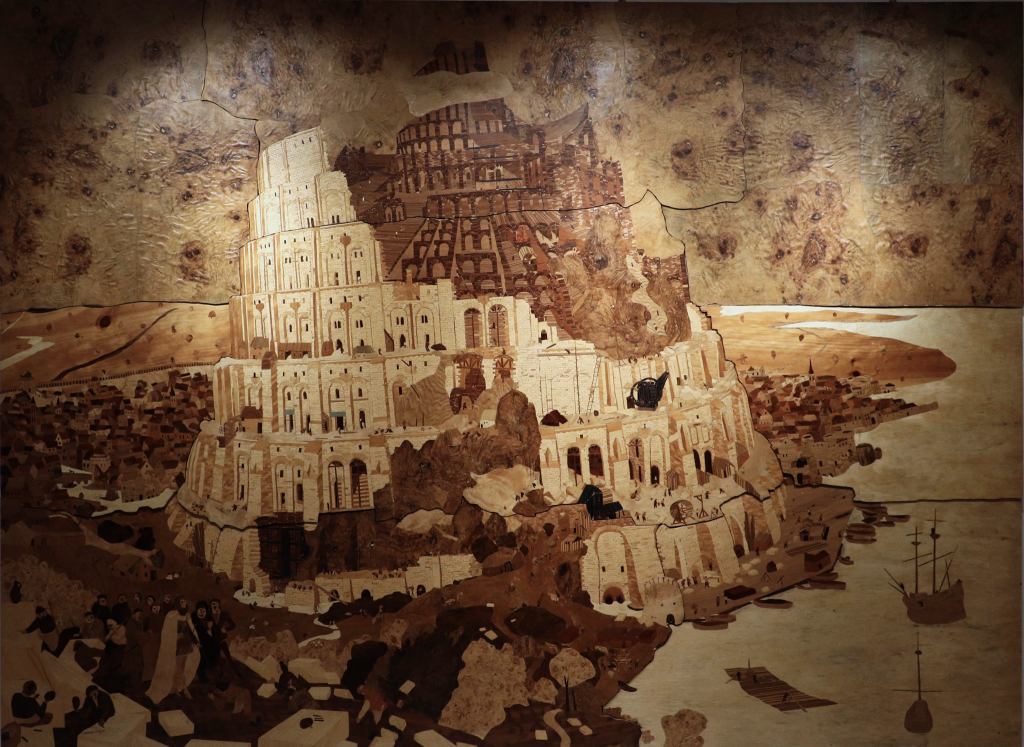
Thinking of the cultural events connected to the Bicentennial, in 2021, there could be no better initiative than to organize a travelling exhibition of Stöger’s works inspired by the Pancho Fierro watercolors, which reflect the places, situations and especially the characters that existed at the time of the Independence. The exhibition, held at various venues in Lima and in several cities across the country, could be a worthy recognition of Johannes Stöger, who now feels he is a part of Peru even though, as an Austrian, his inspiration of combining general themes with specific details is a universal theme, as is the work of many of his great compatriots.
WHERE: Centro Cultural Ricardo Palma, Av. Larco 770, Miraflores
WHEN: Aug.1 to Sept. 1, 2019. Open daily 10am to 10pm. Guided tour by the artist: Sat. Aug 17, 7pm;
ADMISSION: Free
Jorge Smith is director of promotion and management of academic research at the Simon Bolivar University, Lima. A psychologist, he studied at the University of Paris (Sorbonne). His interest in the arts has led him to work as a field consultant to the UNDP in 2007-2008 and at one time to direct the cultural center of the Orval art institute.





